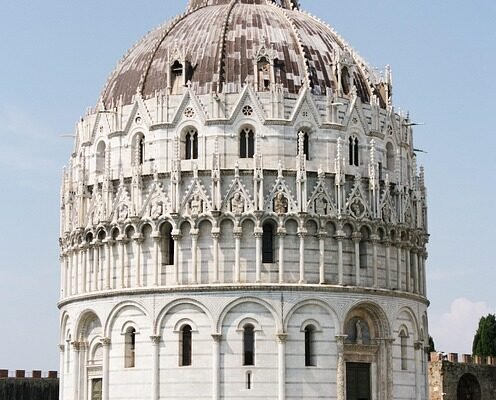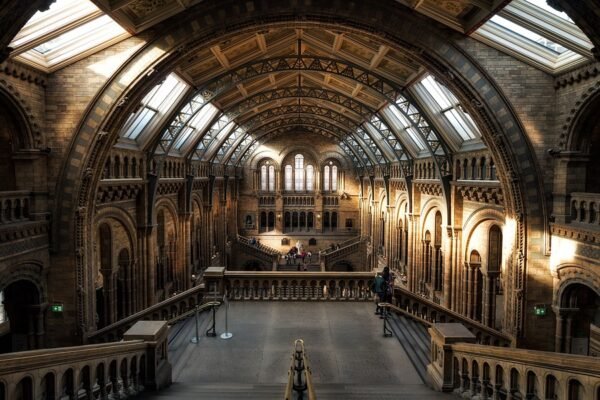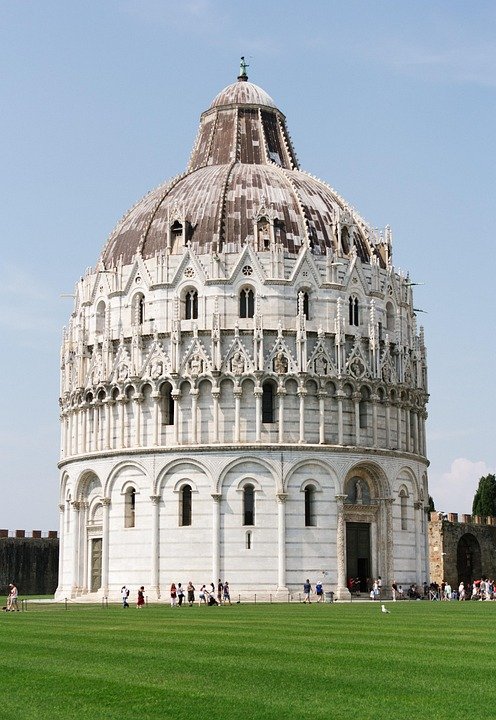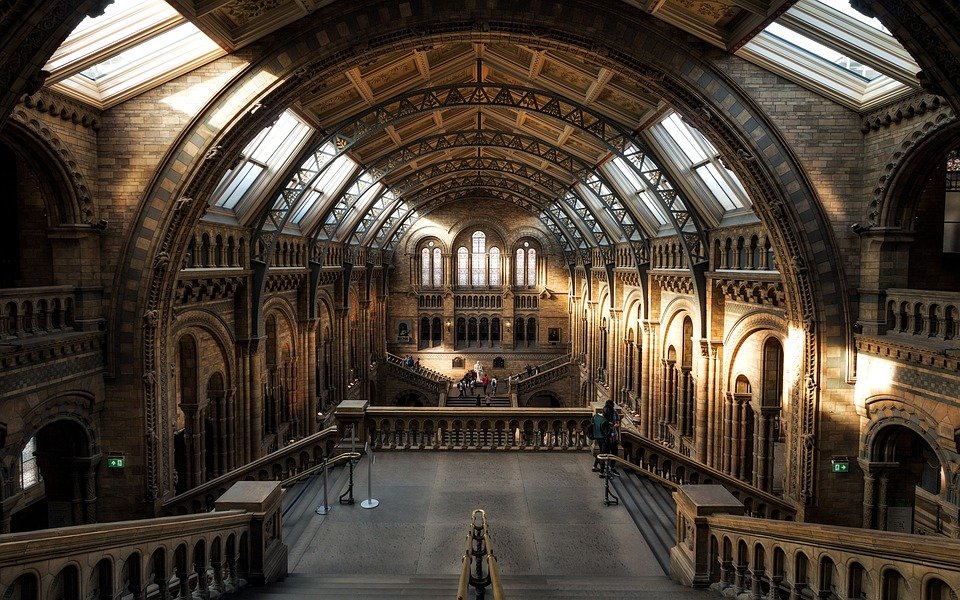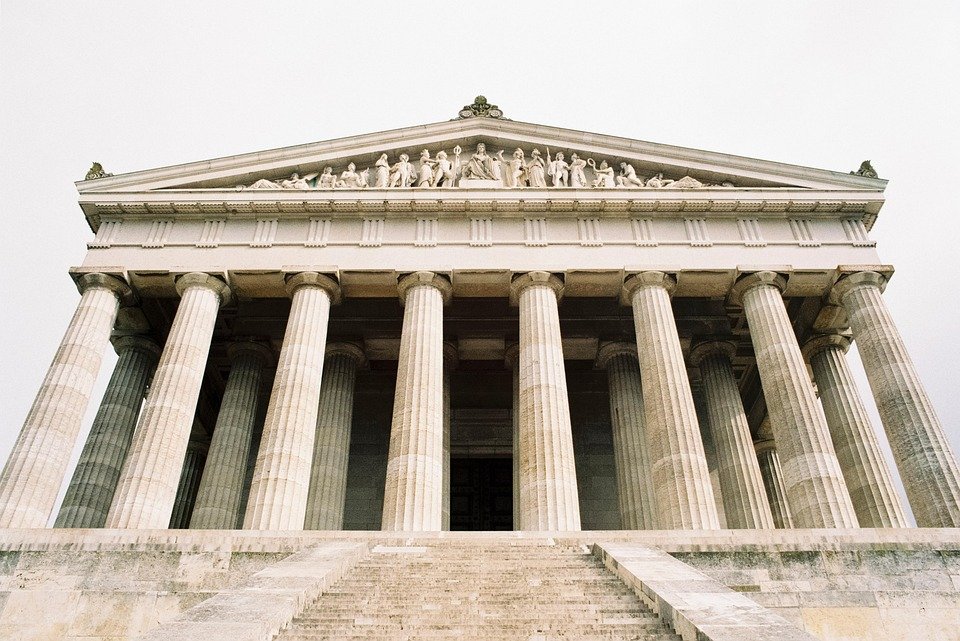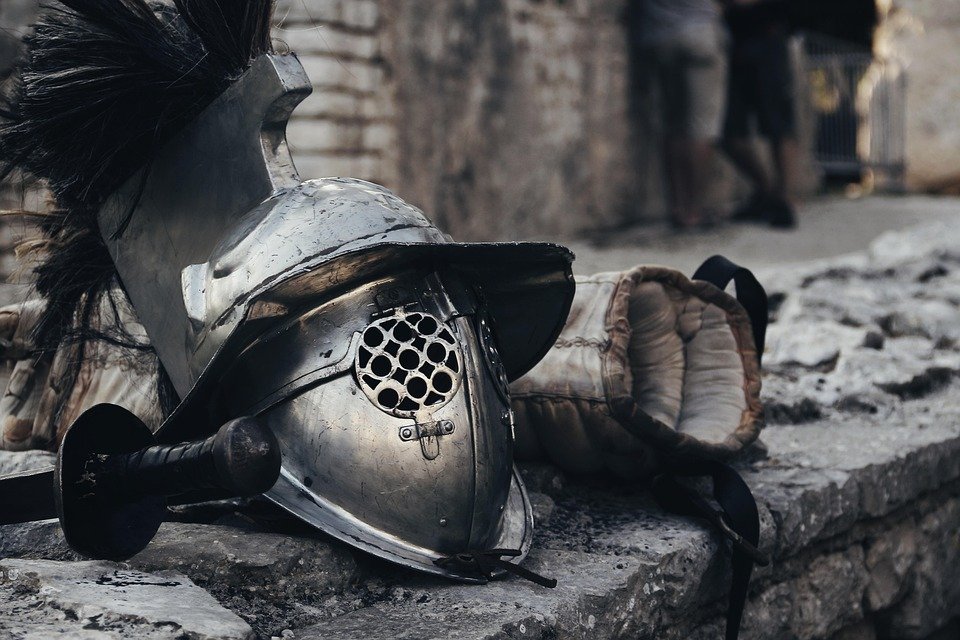
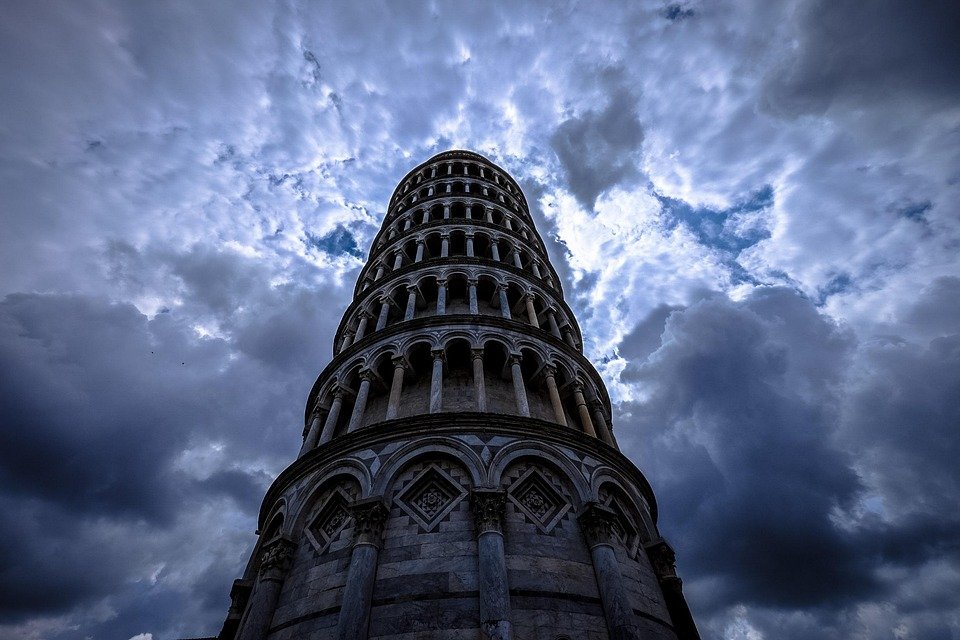
On this day: August 10
On this day in history, several significant events took place that have had an impact on the world. From political milestones to cultural achievements, August 10 has been a day of historical significance throughout the years.
August 10, 1519: Ferdinand Magellan Sets Sail on his Voyage Around the World
On August 10, 1519, Portuguese explorer Ferdinand Magellan set sail from Seville, Spain, on his historic voyage around the world. Magellan’s expedition was the first to circumnavigate the globe, proving that the Earth was indeed round and opening up new trade routes between Europe and Asia.
Despite facing numerous challenges and setbacks along the way, Magellan’s fleet eventually completed the journey, with one ship and 18 men returning to Spain in 1522. Although Magellan himself did not survive the voyage, his legacy lives on as one of the greatest explorers in history.
August 10, 1792: French Revolutionaries Storm the Tuileries Palace
On August 10, 1792, during the French Revolution, a group of revolutionaries stormed the Tuileries Palace in Paris, where King Louis XVI and his family were residing. The attack marked a turning point in the revolution, as it led to the imprisonment of the royal family and ultimately to the abolition of the monarchy in France.
The storming of the Tuileries Palace was a violent and chaotic event, with hundreds of people killed or injured in the fighting. The king and queen were eventually captured and later executed, signaling the end of the ancien régime in France and the beginning of a new era of revolutionary government.
August 10, 1846: The Smithsonian Institution is Established
On August 10, 1846, the United States Congress passed an act establishing the Smithsonian Institution, a prestigious research and educational institution based in Washington, D.C. Founded with the goal of “the increase and diffusion of knowledge,” the Smithsonian has since become a leading center for scientific research, cultural preservation, and public education.
Over the years, the Smithsonian has grown to include multiple museums, research centers, and educational programs, making it one of the largest and most respected institutions of its kind in the world. Its collections of artifacts, artworks, and scientific specimens are a testament to the institution’s dedication to preserving and sharing knowledge with the public.
August 10, 1920: The Treaty of Sèvres is Signed
On August 10, 1920, the Treaty of Sèvres was signed, officially ending World War I and redrawing the boundaries of the defeated Ottoman Empire. The treaty imposed heavy penalties on the Ottoman government, including the loss of territory and reparations payments to the victorious Allies.
Although the Treaty of Sèvres was intended to bring a lasting peace to the region, it ultimately failed to do so. The terms of the treaty were seen as punitive and unjust by many in the Middle East, leading to further conflicts and the eventual collapse of the Ottoman Empire. The treaty was later superseded by the Treaty of Lausanne in 1923, which established the modern boundaries of Turkey.
August 10, 1988: The Iran-Iraq War Ends
On August 10, 1988, after eight years of brutal fighting, the Iran-Iraq War finally came to an end with the signing of a ceasefire agreement between the two warring nations. The war, which had been one of the longest and bloodiest conflicts of the 20th century, resulted in hundreds of thousands of deaths and widespread destruction in both countries.
The ceasefire agreement brought an end to the hostilities between Iran and Iraq, but it did little to resolve the underlying tensions that had fueled the conflict. The war had lasting consequences for both countries, reshaping the political landscape of the Middle East and leaving a legacy of bitterness and animosity that still lingers to this day.
Conclusion
On August 10, throughout history, significant events have taken place that have shaped the world we live in today. From groundbreaking explorations to revolutionary movements, this day has seen it all. As we reflect on these historical milestones, we are reminded of the importance of understanding the past in order to make sense of the present and shape the future.

